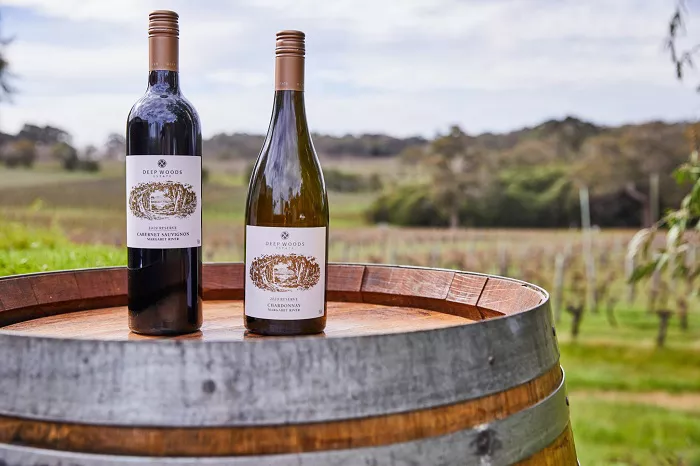Last month, President Donald Trump threatened to impose a staggering 200% tariff on all wines imported from the European Union. Following weeks of uncertainty, the president reversed course last week, opting for a 20% tariff on all EU goods, including wine. While this new tariff rate is significantly lower than the initially proposed increase, the U.S. wine sector is still bracing for financial consequences.
One of the businesses facing the potential impact is Avinage, a wine shop located in Sonoma County, California, owned by Damien Carney. Despite being situated in California’s renowned wine country, imported wines account for 75% of Carney’s inventory. If additional tariffs are enforced, the financial strain could force Carney to rethink his business strategy.
“Basically, I would either have to increase prices by whatever the price increase is coming to me from importers, or try to completely turn around my entire business model,” Carney explained. He further noted that even if he shifts to stocking more domestic wines, his customers—who seek wines like French Burgundy—may not be satisfied with local alternatives like California Pinot Noir.
The potential price increases come at a time when the wine industry is already facing challenges. A 2025 report from Silicon Valley Bank highlighted a decline in wine sales, citing waning interest among younger consumers and growing competition from beverages like hard seltzer.
Ben Aneff, president of the U.S. Wine Trade Alliance, warned that the tariffs will pose significant financial hardship for U.S. businesses. “The United States imports approximately $4.5 billion worth of wine from the EU, and U.S. businesses generate about $25 billion in revenue from the sale of those products,” he said. The tariff will reduce profits for importers, restaurants, and retailers—especially since imported wines are among the few segments in the industry where significant margins are possible.
While some may assume that U.S. wine producers would benefit from the tariff, many are concerned about the broader impact on the industry. John Benedetti, the owner of Sante Arcangeli winery in California’s Santa Cruz Mountains, is already dealing with tariffs on wine bottles from China and Mexico. He also relies on barrels imported from France.
“All of my barrels come from France,” Benedetti said. “So I have no choice but to pay any kind of tariff that gets slapped on these things.” These added costs are further exacerbating the challenges his business faces in a down market.
Benedetti’s struggle also extends to the international market. Just last month, he lost the opportunity to export his wines to Canada through the LCBO, Ontario’s liquor control board, after the U.S. imposed tariffs on Canadian goods, leading many provinces to ban U.S. wine imports. “I’ve been working for seven years to get into the LCBO,” Benedetti said, “and it just went ‘poof.'”
As the U.S. wine industry contends with these new tariff measures, businesses large and small are preparing for a turbulent future.
You Might Be Interested In:


